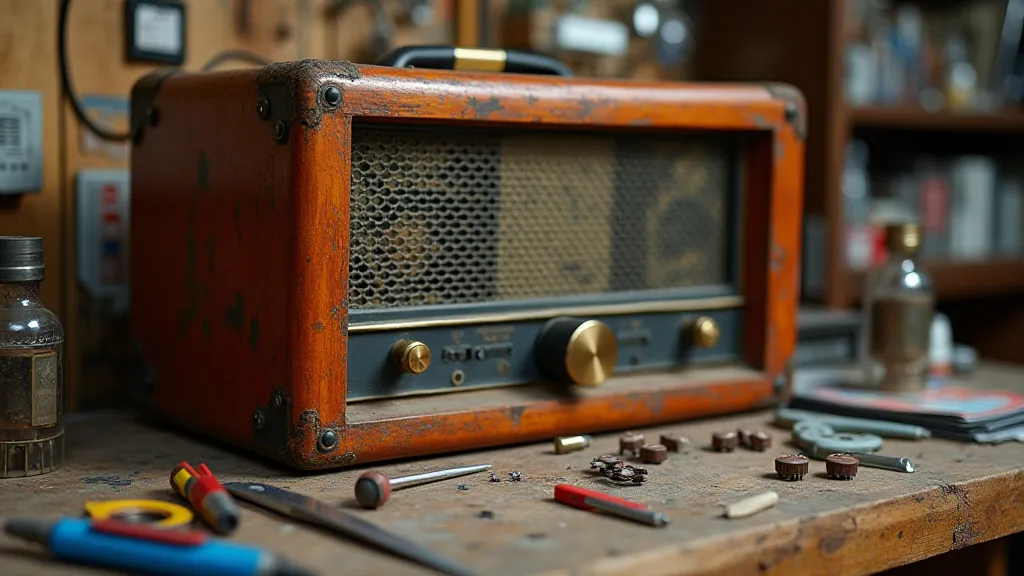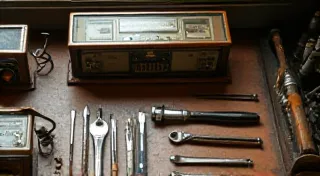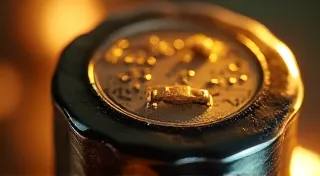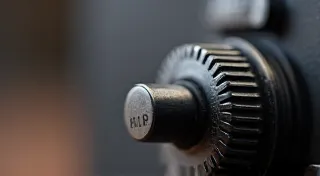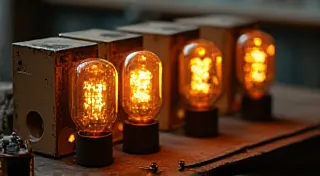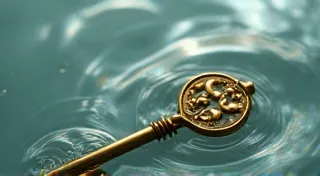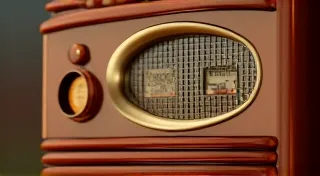Safe Radio Restoration Practices: A Safety Guide
Restoring antique radios is a rewarding hobby, connecting us to a fascinating era of technology. However, these vintage devices often contain dangerous voltages that require careful handling. Safety should *always* be your top priority. This guide outlines essential precautions to minimize risk and ensure a safe restoration experience.
Understanding the Dangers: High Voltage and More
Vintage tube radios operate with significantly higher voltages than modern electronics. These voltages can be lethal. Beyond the immediate risk of electric shock, there are other potential hazards to consider:
- High Voltage Capacitors: These capacitors store a dangerous charge even after the radio is unplugged. Proper discharge is absolutely critical.
- Lead Solder: Lead was commonly used in solder until the 1980s. Avoid inhaling fumes and wash your hands thoroughly after handling components.
- Asbestos: Certain older radios, particularly insulation, may contain asbestos. Handle with extreme caution and consider professional abatement if you suspect its presence.
- Dust & Mold: Decades of storage can lead to dust accumulation and mold growth, which can cause respiratory irritation.
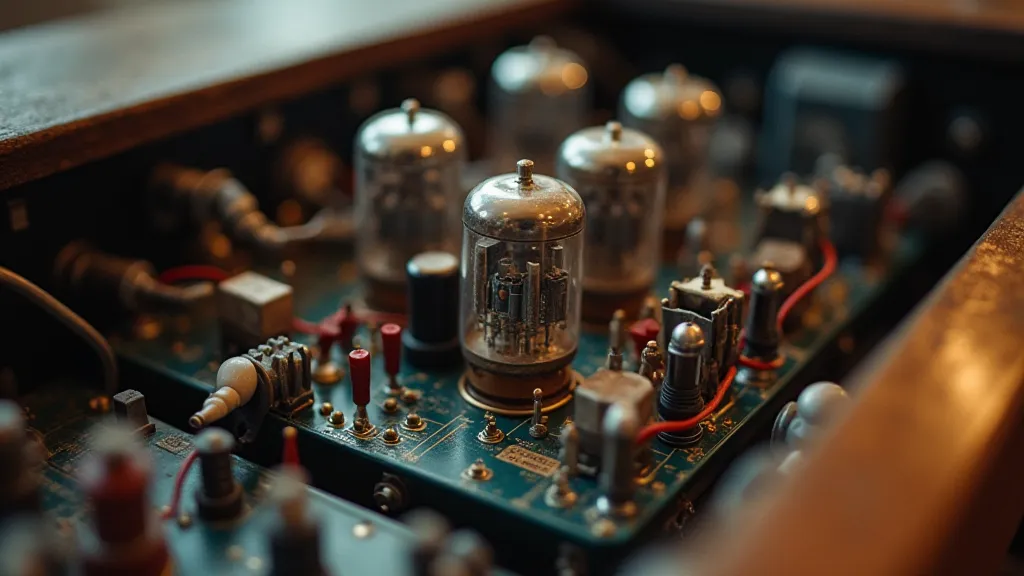
Essential Safety Precautions
1. Discharge Capacitors – The Most Critical Step
This is non-negotiable! Before you even touch a radio, discharge all capacitors. The easiest and safest method is to use a capacitor discharge tool (CDT). These are inexpensive and readily available from electronics suppliers. If you don’t have one, use a high-value resistor (10k ohm or higher, 1 watt or greater) connected to an insulated handle to short the capacitor terminals. *Always* verify discharge with a voltmeter.
2. Work Area Setup
Create a dedicated workspace that’s clean, well-lit, and free from distractions. A stable workbench is essential. Ensure you have adequate ventilation. Consider using a grounding mat to reduce the risk of static discharge.
3. Personal Protective Equipment (PPE)
Invest in the right PPE:
- Safety Glasses: Protect your eyes from debris and solder splashes.
- Gloves: Insulated gloves provide a layer of protection from electric shock (though they are not foolproof). Nitrile gloves protect against lead solder.
- Mask/Respirator: A dust mask or respirator is important to protect against dust and lead fumes.
4. Understanding the Circuit
Before attempting any repairs, thoroughly examine the radio's schematic diagram (if available). This will give you a better understanding of the circuit and help you identify potentially hazardous components.
5. Work Methodically
Don’t rush. Take your time to carefully inspect components, make connections, and test your work. Document your progress with photographs.
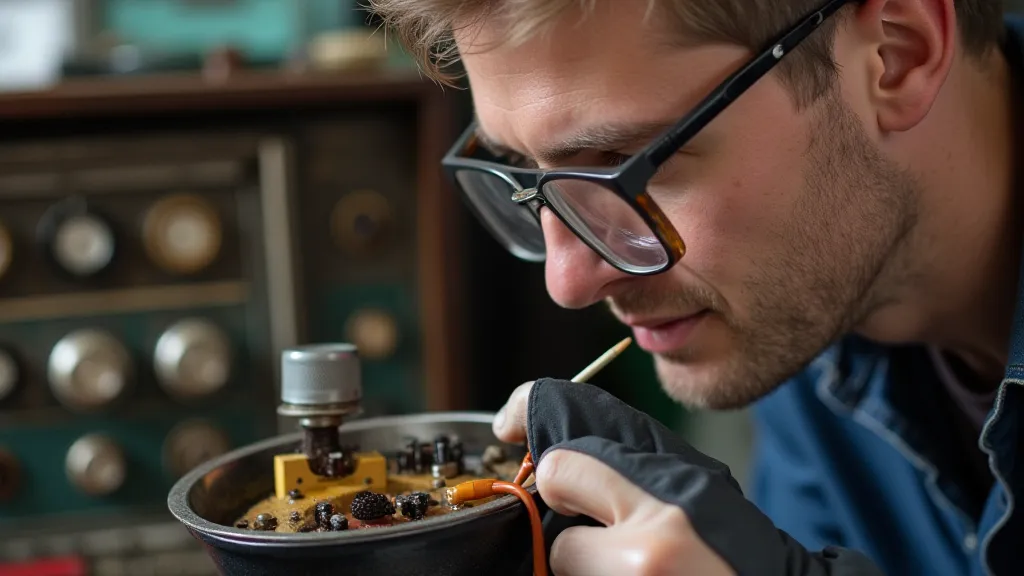
Specific Component Considerations
Power Transformers
These often have high voltage windings. Treat them with respect. Be aware of potential for arcing and insulation breakdown.
Pilot Lights
These are often neon transformers operating at dangerous voltages. Handle with care and ensure proper insulation.
Vacuum Tubes
While the tubes themselves typically don't pose a direct electrical hazard, broken tubes can contain glass and potentially harmful materials. Dispose of them properly.
Final Thoughts and Disclaimer
Radio restoration is a rewarding hobby, but it's crucial to prioritize safety. This guide provides general safety guidelines; however, it is not a substitute for proper training and experience. If you are unsure about any aspect of the restoration process, seek guidance from a qualified professional.
Disclaimer: The information provided in this article is for informational purposes only and should not be considered professional advice. The author is not responsible for any injury or damage resulting from the use of this information.
